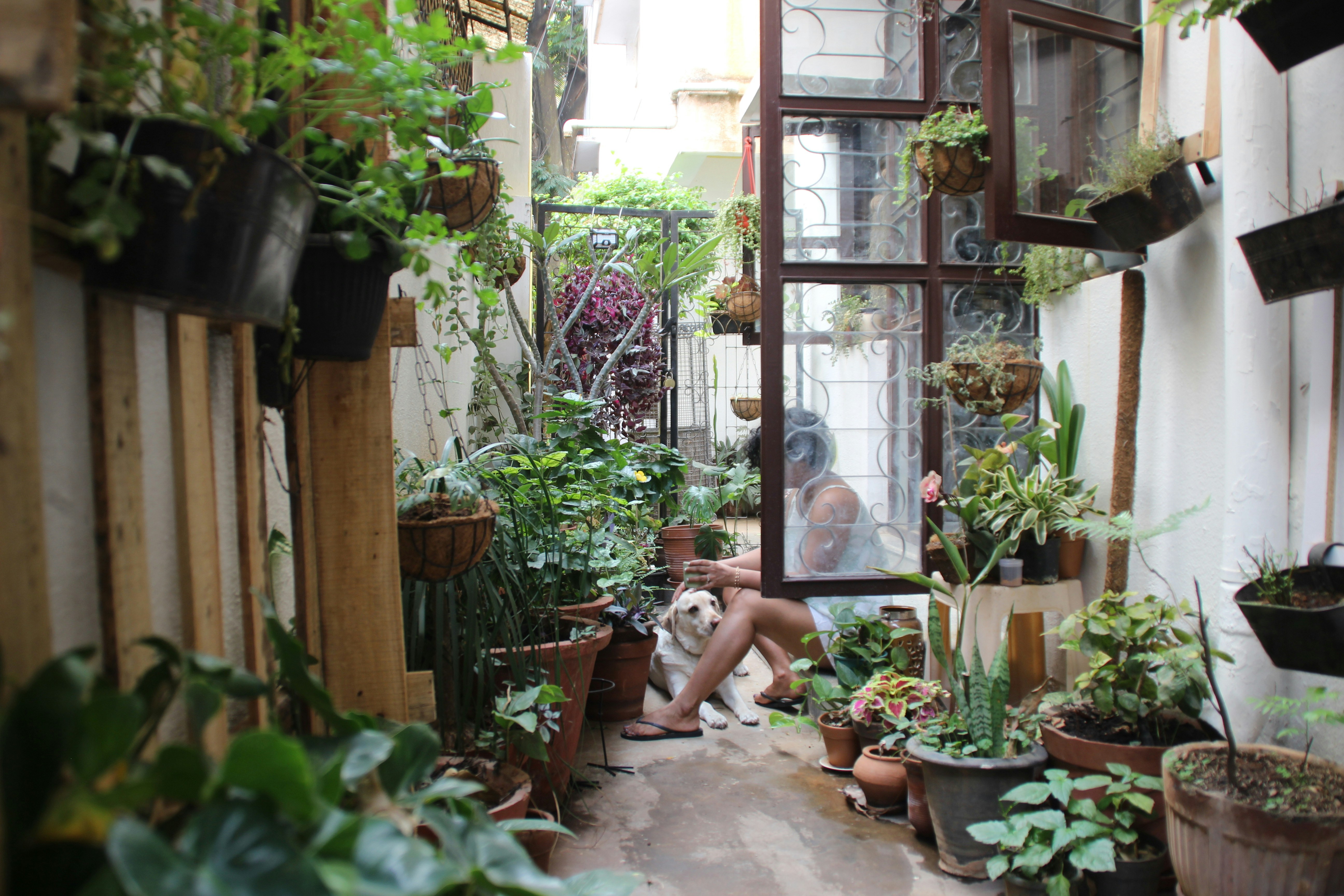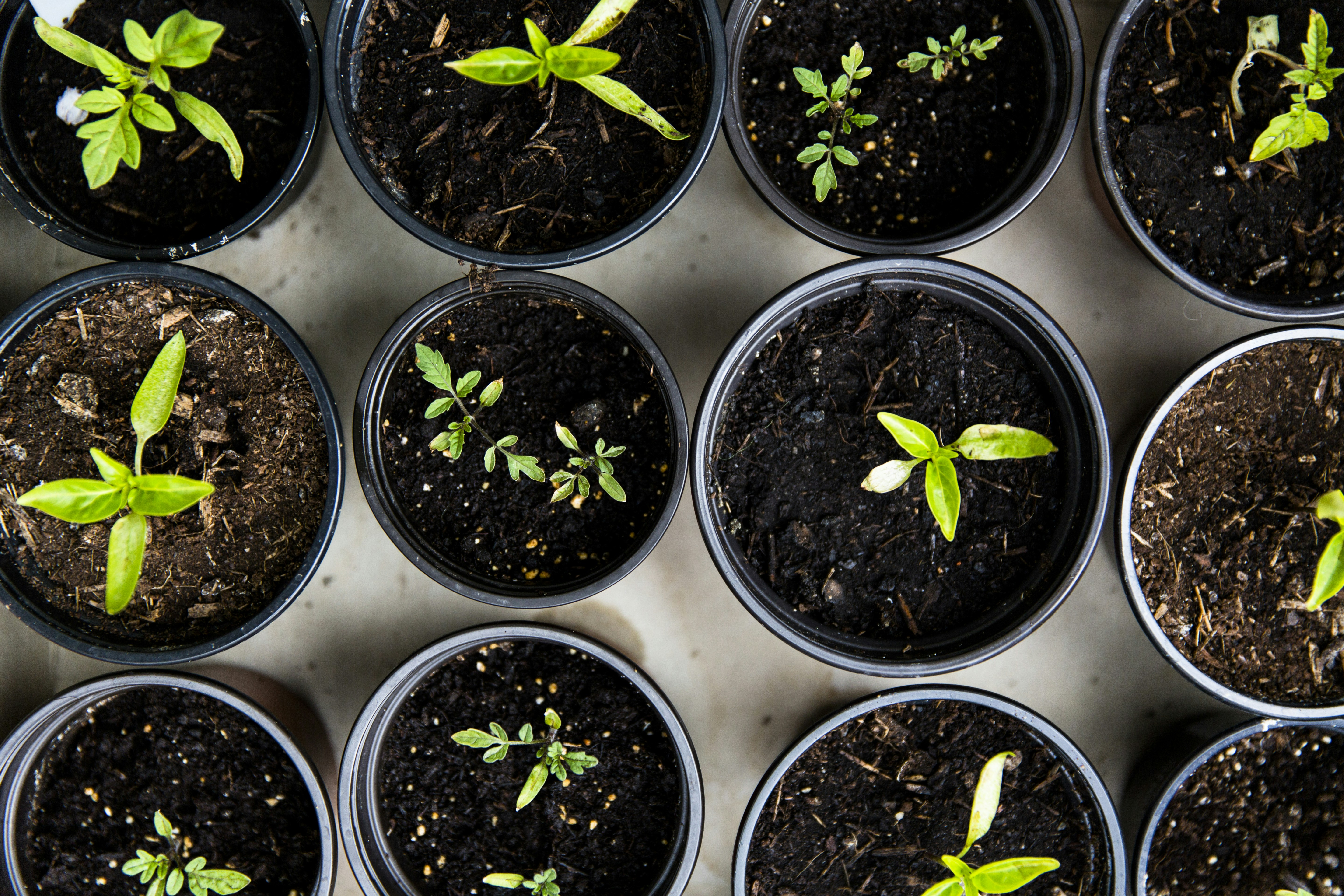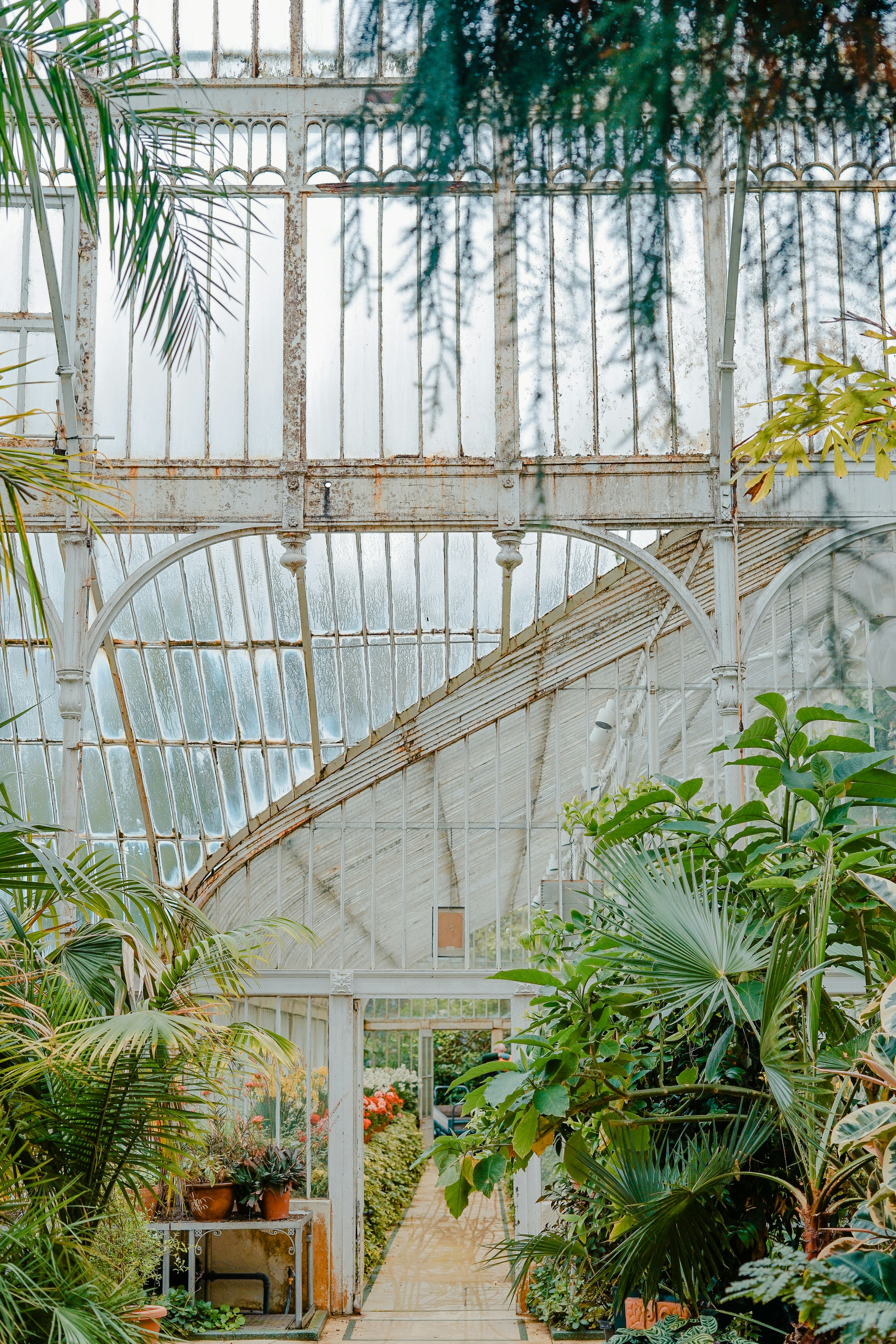If you’re looking to add some fresh flavor to your meals or simply want to enhance the aesthetics of your living space, growing herbs indoors can be both enjoyable and rewarding. Discovering the best herbs to cultivate indoors allows you to have a readily available source of aromatic and flavorful ingredients right at your fingertips. From versatile basil to invigorating mint, there is a variety of herbs that thrive indoors, bringing a touch of nature to your home while providing you with a bountiful harvest for your culinary endeavors.
Why Grow Herbs Indoors?
Growing herbs indoors is a wonderful way to bring the beauty and fragrance of nature into your home. Not only does it add a touch of greenery to your living space, but it also allows you to have a fresh supply of herbs at your fingertips all year round. Whether you have a sprawling garden or limited outdoor space, indoor herb gardening is a convenient and fulfilling way to enjoy the benefits of herbs without the need for a traditional garden.
Benefits of Growing Herbs Indoors
There are several advantages to growing herbs indoors. Firstly, it provides easy access to fresh herbs for culinary purposes. Imagine plucking a handful of fragrant basil leaves or snipping some fresh thyme right from your kitchen counter to enhance the flavors of your dishes. Indoor herb gardening also allows you to have a wider variety of herbs, including unique and exotic ones that may not thrive in your outdoor climate.
Moreover, cultivating herbs indoors ensures that you have a continuous supply of fresh herbs throughout the year, regardless of the seasons. No longer will you have to rely on store-bought herbs that may be wilted or lacking in flavor. Growing your own herbs also reduces reliance on pesticides and herbicides, as you have full control over the growing conditions.
Ideal Conditions for Indoor Herb Gardening
To ensure the success of your indoor herb garden, there are a few key factors to consider. Firstly, herbs thrive in well-draining soil, so it is essential to choose a suitable potting mix or create a well-draining soil mixture. Ensure that your chosen pots have drainage holes at the bottom to prevent waterlogging, which can lead to root rot.
Lighting is another crucial factor for indoor herb gardening. Most herbs require at least six hours of direct sunlight per day. If your indoor space does not receive sufficient sunlight, consider using artificial grow lights to supplement the light needs of your herbs. Position them a few inches above the plants, and adjust their height as the herbs grow.
Maintaining the right humidity levels is essential, especially for herbs that prefer high humidity, such as basil. Misting the plants with water or placing them on a tray filled with water and pebbles can help increase the humidity around the herbs. Proper air circulation is also important to prevent the development of fungal diseases, so ensure there is adequate airflow in your indoor herb garden.
Choosing the Right Herbs
When deciding which herbs to grow indoors, there are a few factors to consider. First, assess the available space in your indoor area. If you have limited space, opt for herbs that are compact or can be grown in hanging baskets or vertical gardens. If you have ample space, you can consider growing a variety of herbs.
Culinary preferences should also guide your herb selection. Consider the flavors that you enjoy cooking with the most. If you frequently use herbs in Italian cuisine, then basil and oregano would be great choices. Conversely, if you enjoy Asian dishes, consider growing coriander or lemongrass.
Lastly, take note of the care requirements of the herbs you are considering. Some herbs may have specific needs, such as higher humidity or cooler temperatures. Ensure that you can provide the necessary care for the herbs you choose to cultivate.
Popular Herbs for Indoor Gardening
Certain herbs are well-suited for indoor gardening due to their adaptability and ease of care. Let’s take a closer look at some of the most popular herbs for indoor cultivation.
Basil
Basil is a versatile herb that comes in various flavors, such as sweet basil, lemon basil, and Thai basil. It is known for its distinct aroma and is commonly used in Italian and Thai cuisine. Basil requires well-draining soil and plenty of sunlight to thrive.
Mint
Mint is a refreshing herb that adds a burst of flavor to both sweet and savory dishes. It is best grown in its own pot, as it tends to spread quickly. Mint enjoys partial shade and moist soil, making it an ideal herb for indoor gardening.
Parsley
Parsley is a versatile herb that adds freshness and vibrancy to dishes. It comes in two main varieties: curly parsley and Italian flat-leaf parsley. Parsley prefers well-draining soil and bright, indirect sunlight. Regular pruning will encourage bushier growth.
Flavorful Options
If you’re looking to expand your herb collection with some additional flavorful options, consider growing these herbs indoors.
Rosemary
Rosemary is a fragrant evergreen herb that boasts a distinct pine-like aroma. It is commonly used in Mediterranean cuisine and pairs well with roasted meats and vegetables. Rosemary thrives in well-draining soil, moderate temperatures, and plenty of sunlight.
Thyme
Thyme is a versatile herb with a delightful aroma and a strong flavor. It pairs well with a wide range of dishes, including stews, roast chicken, and grilled vegetables. Thyme requires well-draining soil, ample sunlight, and moderate watering.
Versatile Herbs for Everyday Use
If you’re looking for herbs that can be used in a variety of everyday dishes, these two options are worth considering.
Chives
Chives are a member of the onion family and offer a mild onion-like flavor. They are great for adding a pop of color and taste to salads, soups, and omelets. Chives prefer well-draining soil and bright, indirect sunlight.
Oregano
Oregano is a staple herb in Mediterranean and Italian cuisines. It is known for its aromatic and pungent flavor, which is perfect for flavoring pizzas, pasta sauces, and marinades. Oregano requires well-draining soil, plenty of sunlight, and moderate watering.
Herbs for Natural Remedies
In addition to being culinary delights, certain herbs offer medicinal properties that make them excellent choices for indoor gardening.
Lavender
Lavender is a fragrant herb that is known for its calming properties. The flowers can be used to make a soothing tea, or the essential oil can be extracted for aromatherapy purposes. Lavender thrives in well-draining soil and enjoys plenty of sunlight.
Aloe Vera
Aloe vera is a succulent herb that offers numerous health benefits. Its gel can be used topically to soothe burns and skin irritations. Aloe vera prefers well-draining soil and bright, indirect sunlight.

Unique and Exotic Herbs
If you’re looking to add a touch of uniqueness to your indoor herb garden, consider these exotic options.
Lemongrass
Lemongrass is a tropical herb with a citrusy flavor, often used in Thai and Vietnamese cuisine. It adds a refreshing twist to dishes such as curries, soups, and teas. Lemongrass thrives in well-draining soil, moderate temperatures, and plenty of sunlight.
Vietnamese Coriander
Vietnamese coriander, also known as rau ram, has a unique taste that combines the flavors of cilantro and mint. It is commonly used in Vietnamese and Southeast Asian dishes. Vietnamese coriander requires well-draining soil, partial shade, and regular watering.
Low-Maintenance Options
If you’re a beginner or simply prefer low-maintenance plants, these herbs are ideal for your indoor garden.
Chervil
Chervil is a delicate herb with a subtle anise-like flavor. It is often used in French cuisine, particularly in soups, salads, and sauces. Chervil prefers well-draining soil, moderate temperatures, and partial shade.
Sage
Sage is an aromatic herb with a strong flavor that complements various dishes, including poultry, stuffing, and roasted vegetables. Sage requires well-draining soil, plenty of sunlight, and infrequent watering.

Tips for Successful Indoor Herb Gardening
To make the most of your indoor herb garden, consider the following tips for success.
Lighting and Sunlight
Most herbs require at least six hours of direct sunlight per day. If your indoor space doesn’t receive sufficient sunlight, supplement with artificial grow lights. Position the lights a few inches above the plants and adjust their height as the herbs grow.
Watering and Moisture Control
Water your herbs judiciously, allowing the top inch of soil to dry before watering again. Avoid overwatering, as it can lead to root rot. Ensure that your pots have drainage holes to allow excess water to escape.
Nutrition and Fertilization
Herbs grown in containers may require additional nutrients. Use a balanced, water-soluble fertilizer according to the manufacturer’s instructions. Generally, feeding once a month during the growing season is sufficient.
Pest Control
Regularly inspect your herbs for signs of pests such as aphids or spider mites. If an infestation is detected, treat the affected plants with an organic insecticide or try washing them off with a gentle spray of water.
Harvesting and Using Indoor Herbs
Harvesting your homegrown herbs is one of the most rewarding aspects of indoor gardening. Here’s what you need to know about harvesting and using your indoor herbs.
When to Harvest
Herbs can be harvested once they have reached a sufficient size. For most herbs, it is best to harvest in the morning, after any dew or moisture has evaporated. This ensures maximum flavor and aroma.
Methods for Harvesting
When harvesting herbs, use sharp, clean scissors or pruning shears to snip off the stems or leaves. Harvest selectively, taking care not to remove more than one-third of the plant’s foliage at a time. This encourages continued growth.
Preserving and Using
There are several methods for preserving your harvested herbs. You can dry them by hanging them upside down in a dark, well-ventilated area, or by using a dehydrator. Another option is to freeze the herbs by chopping them and placing them in ice cube trays with a little water. This allows you to use them easily in soups, stews, and sauces throughout the year.
Freshly harvested herbs can be used to enhance the flavors of your favorite dishes. They can be added to salads, marinades, soups, or used as garnishes. Experiment with different herb combinations to discover unique flavor profiles that suit your culinary preferences.
In conclusion, growing herbs indoors offers numerous benefits, from easy access to fresh flavors to the joy of nurturing plants in your living space. By choosing the right herbs, providing them with suitable growing conditions, and following proper care techniques, you can create a thriving indoor herb garden that will bring freshness and vitality to your kitchen all year round. So, roll up your sleeves, gather your supplies, and embark on an exciting journey of indoor herb gardening!






